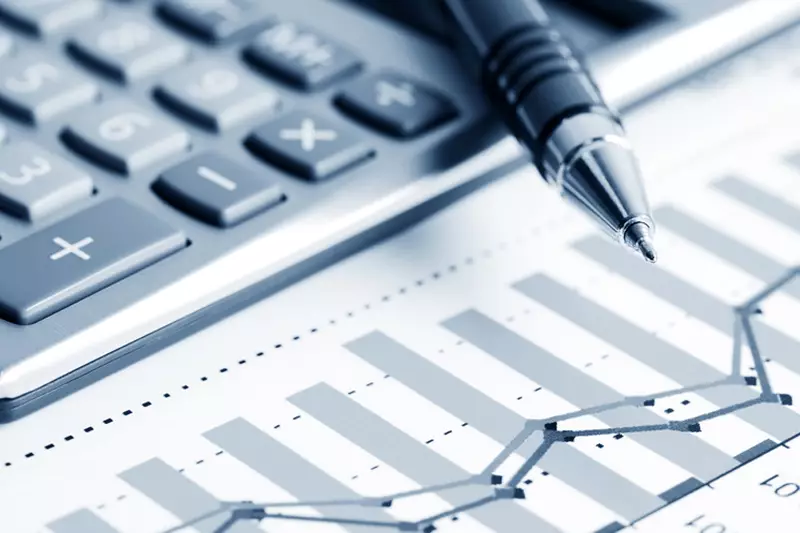In the complex realm of currency trading, the U.S. dollar has exhibited a slight downturn for two consecutive sessions. However, despite this recent slip, the dollar remains poised for a notable achievement—its fourth consecutive week of gains. This latest trend comes in response to a series of economic statistics that have helped moderate expectations surrounding future interest rate adjustments by the Federal Reserve (Fed). A release from the Commerce Department revealed that orders for non-defense capital goods, excluding aircraft, surged by 0.5% last month. This increase surpasses the previously recorded rise of 0.3% in August and significantly exceeds economists’ predictions, who had anticipated a mere 0.1% increase.
Furthermore, insights from the University of Michigan unveiled a rise in consumer sentiment for October, climbing to 70.5 from September’s 70.1. This uptick was unexpected, surpassing estimates which predicted a more modest increase. Notably, the one-year inflation outlook saw a decrease, falling to 2.7% from an earlier 2.9% estimate. Such data collectively provides a picture of resilience in the U.S. economy, helping stabilize the dollar even in the face of recent fluctuations.
The current market environment suggests a shift in economic expectations, particularly concerning the Fed’s policies. Karl Schamotta, Chief Market Strategist at Corpay, articulated that this recalibration appears to have run its course. The coherence in the Fed’s policy trajectory has fostered stability in interest rate differentials between the U.S. and other significant economies. This newfound stability has buoyed the dollar’s performance against a basket of currencies.
Looking ahead, the spotlight is on an important government payroll report scheduled for release next week. This forthcoming data is expected to provide deeper insights into labor market conditions, which could influence the Fed’s rate decision in the immediate future. Market forecasts indicate a remarkable 95.6% probability of a 25 basis point cut in the upcoming Fed meeting, a stark contrast to the previous month’s speculative 57.4% estimation for a 50 basis point reduction.
The dollar’s journey is also affected by transatlantic economic sentiments. A recent survey from Germany indicated an unexpected rise in business confidence, breaking a string of four consecutive months of declining sentiment. Such developments provide a glimmer of hope for the European economy which has been grappling with industrial challenges and soft demand globally.
European Central Bank (ECB) President Christine Lagarde affirmed that inflation within the euro zone is on track to meet the ECB’s target of 2% by next year. This announcement underscores a potential boost to the euro, creating a competitive landscape against the dollar.
The interplay of these various economic indicators suggests a complex dance of currencies, where external factors, including politics and economic policy, might come into play. Notably, investor sentiment has been stirred by rising expectations regarding a potential political victory for Donald Trump in the upcoming election, which some speculate could lead to inflationary measures. While such policies could initially support the dollar, experts warn that any ensuing inflation could trigger a decline in consumer sentiment, potentially undermining the dollar more than previously anticipated.
As the markets react to these evolving dynamics, we observe movements against other key currencies as well. The dollar has gained strength against the Japanese yen, climbing to 152.02, while also appreciating against the British pound, which now stands at $1.2989. The upcoming elections in Japan add another layer of complexity, with surveys indicating the ruling Liberal Democratic Party may lose its hold on power for the first time in over ten years. Such political uncertainty could complicate monetary policy frameworks for the Bank of Japan (BOJ), potentially impacting the currency markets significantly.
Moving forward, the BOJ is expected to maintain its ultra-low interest rate policy in its originating meeting. However, signals hinting at a less dovish stance may emerge, aimed at curbing speculative pressures against the yen, particularly in light of recent data showing core inflation dipping below the central bank’s 2% target.
As the dollar navigates this multifaceted terrain shaped by both domestic and international economic indicators, its future trajectory remains uncertain. The intricate interplay of data, investor sentiment, and political developments will play a pivotal role in shaping currency valuations. Traders and investors must remain vigilant, adapting their strategies to the evolving landscape of the global economy and the Fed’s policy responses. As we anticipate next week’s payroll report and subsequent developments, the dollar’s resilience will be tested against a backdrop of both domestic growth and international challenges.

